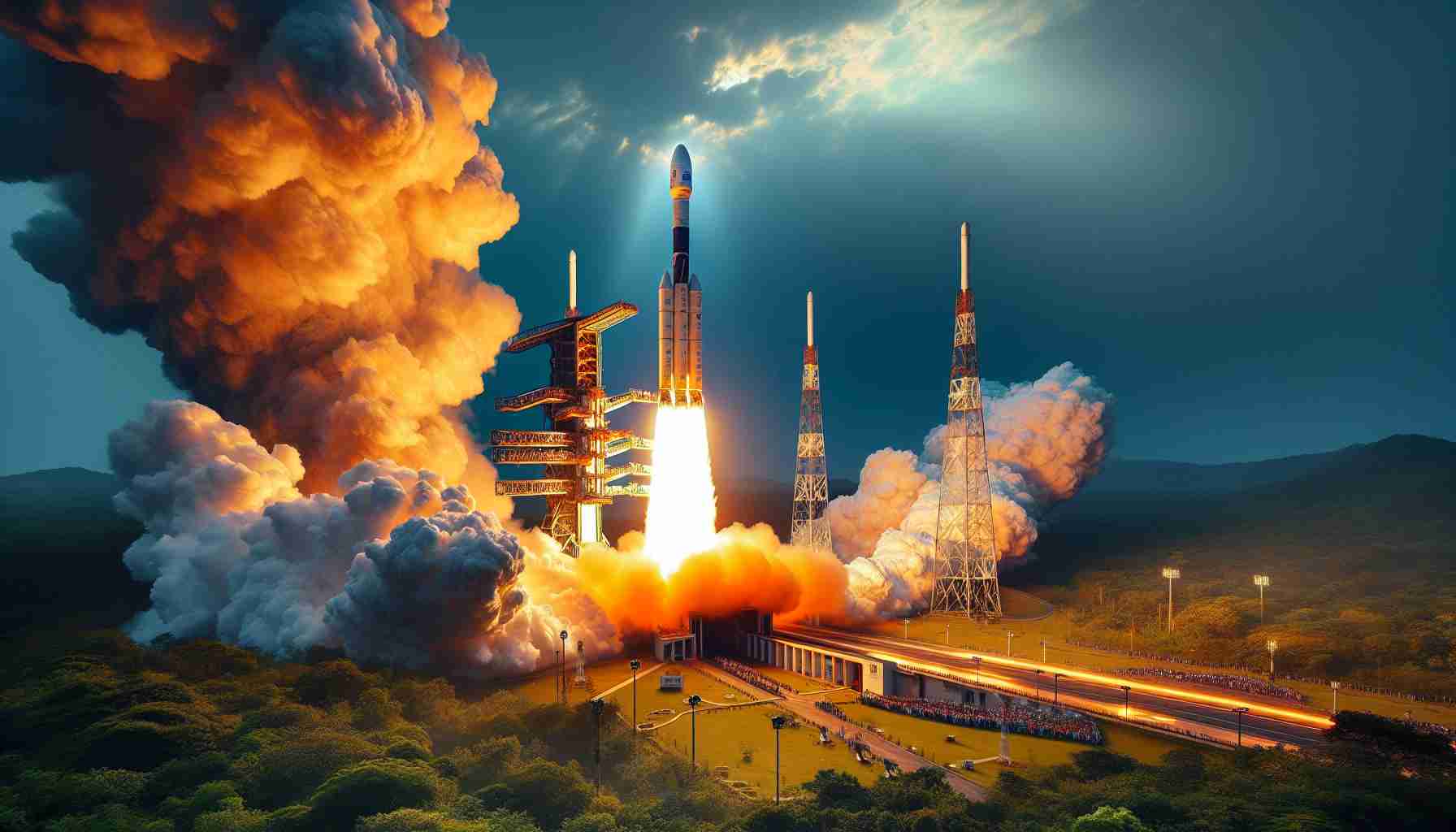
On November 19, 2024, a significant milestone in space technology was achieved with the successful launch of India’s GSAT-N2 communication satellite. The satellite was deployed into a geosynchronous transfer orbit by SpaceX’s Falcon-9 rocket at precisely 12:01 a.m. Indian Standard Time from Cape Canaveral Space Force Station in Florida. This project marks the inaugural partnership between India’s NewSpace India Limited (NSIL) and the private American aerospace company SpaceX.
GSAT-N2 is a cutting-edge Ka-band high-throughput communication satellite designed to enhance broadband and in-flight communication services across India. The satellite’s capabilities center around its 32 beams, which ensure extensive coverage throughout the country, including remote areas such as the Andaman and Nicobar Islands and Lakshadweep. ISRO officials provided insights into the satellite’s advanced architecture, emphasizing its potential to serve a vast user base with improved throughput thanks to its multi-beam design.
With a weight of 4,700 kg and a projected lifespan of 14 years, GSAT-N2 is expected to revolutionize communication. The satellite is equipped with advanced technology, including multiple sensors that provide critical data for operational adjustments. This mission follows the successful launch of GSAT-24 in June 2022 and is part of the government’s broader initiative to leverage the potential of private players in the space sector.
India’s GSAT-N2 Satellite Launch Marks a New Era in Space Collaboration
On November 19, 2024, India successfully launched the GSAT-N2 communication satellite, a pivotal event that not only enhances the nation’s communication capabilities but also signals a new phase of international cooperation in aerospace. This endeavor, marking the first collaboration between India’s NewSpace India Limited (NSIL) and SpaceX, is set against the backdrop of increasing global competition in satellite technology and the growing importance of space-based communication networks.
Key Questions and Answers
1. What are the geopolitical implications of the GSAT-N2 launch?
– The launch reinforces India’s position as a major player in the global space arena, showcasing its technological capabilities and willingness to collaborate with international partners. This could lead to stronger alliances and partnerships in space exploration and technology sharing.
2. How does GSAT-N2 compare to previous satellites?
– GSAT-N2 offers enhanced capabilities over its predecessors, including higher data throughput, advanced multi-beam architecture, and greater flexibility in catering to the needs of various sectors such as telecommunication, broadcasting, and emergency services.
3. What role does the private sector play in India’s space ambitions?
– The involvement of private companies like SpaceX in launching GSAT-N2 represents a shift in India’s space policy, encouraging private investment and innovation. This public-private partnership is aimed at fostering competition and improving the overall efficiency of space missions.
Key Challenges and Controversies
The GSAT-N2 launch is not without its challenges. Some of the key issues include:
– Dependence on Foreign Technology: Relying on SpaceX for satellite launches raises concerns about dependency on foreign technology and the potential risks associated with geopolitical tensions.
– Regulatory Framework: As the private sector plays a more prominent role, India needs to establish a solid regulatory framework that ensures quality control, safety, and security in space missions.
– Budget Constraints: Balancing budget allocations for space exploration with other pressing national needs (such as health and education) remains a challenge for the Indian government.
Advantages and Disadvantages
Advantages:
– Increased Connectivity: GSAT-N2 is expected to provide unprecedented internet access and communication services, especially in underserved regions of India.
– Economic Growth: Enhanced communication infrastructure can lead to significant economic development, particularly in sectors like telemedicine, e-learning, and remote working.
– Technological Advancement: The satellite’s advanced technologies can spur research and development in India, fostering innovation within the domestic space industry.
Disadvantages:
– Environmental Concerns: The environmental impact of launching satellites and the subsequent space debris pose significant concerns that need addressing.
– Potential Overdependence: A heavy reliance on private entities for critical space missions could lead to risks associated with insufficient government oversight.
In conclusion, the launch of GSAT-N2 represents not just a technical achievement but also an essential step toward strengthening India’s position in global space collaboration. As the country navigates the complexities of private-public partnerships and advances its space capabilities, it must remain vigilant about regulatory frameworks and environmental impacts.
For further information on India’s space initiatives, visit ISRO.



